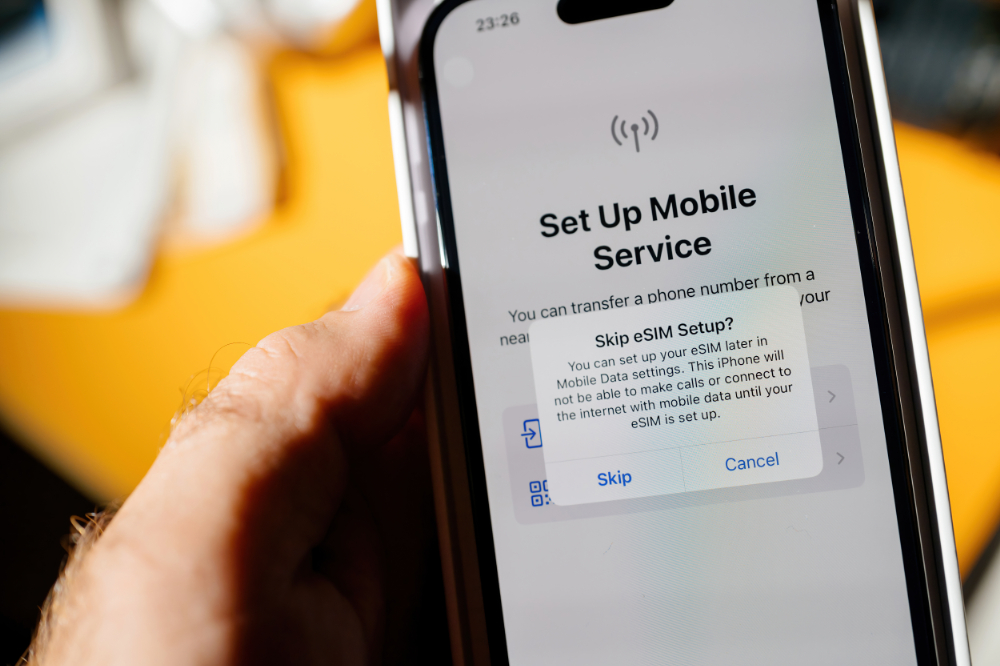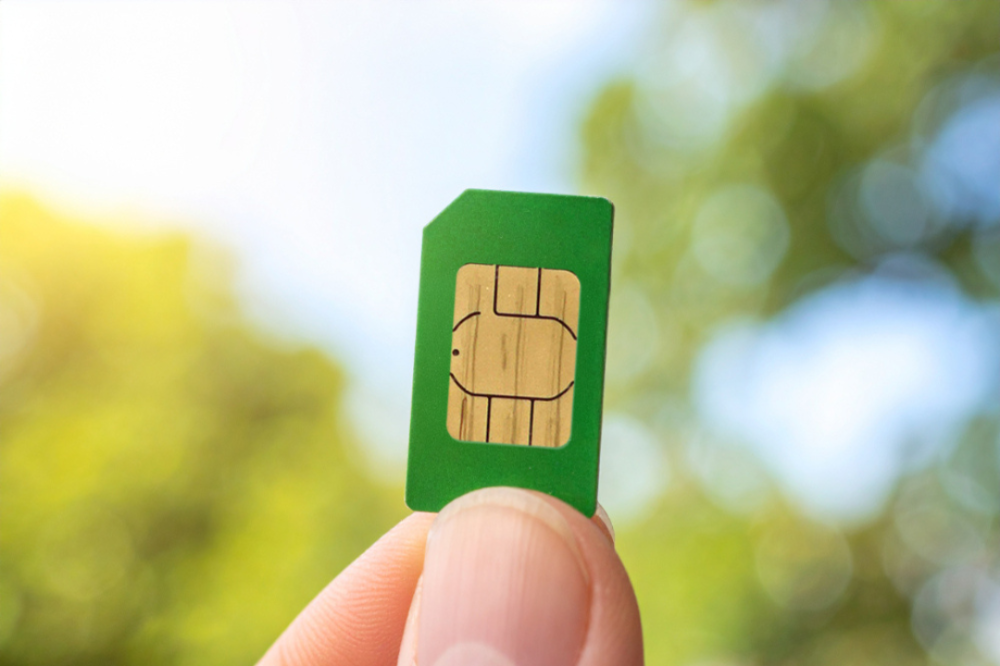Mobile WiFi Japan: The Complete Guide for Travelers Who Want Easy and Reliable Internet

Many travelers arriving in Japan quickly discover that public WiFi is often unreliable, with slow speeds, time limits, or complicated log-in processes. At the same time, setting up an eSIM or traditional SIM card can feel intimidating, especially for those unfamiliar with APN settings, QR code activation, or phone compatibility matters.
For visitors who prefer a straightforward option, renting mobile WiFi in Japan is often the most concise and stress-free solution, as it allows you to connect instantly. It ensures a stable and secure internet connection throughout your stay. Relying on hotel or café WiFi can be restrictive and insecure, and international roaming often results in steep daily fees with strict data caps. By contrast, a dedicated mobile WiFi device provides affordable, predictable pricing and dependable access wherever you go—whether you are coordinating train transfers in rural Hokkaido, sending work emails during a business trip in Osaka, or uploading travel photos from Okinawa’s beaches.
This guide explains why renting mobile WiFi is such a practical choice, what to consider when selecting a plan, and how to make the most of your connection while traveling in Japan.
Why Renting Mobile WiFi in Japan is Perfect for Travelers

Renting mobile WiFi is now a preferred option for many international travelers to Japan, valued for its ease of use and ability to keep multiple devices connected simultaneously. Read on to learn precisely why it could be your perfect travel companion.
Simple Setup for Non-Tech-Savvy Users
A mobile WiFi router requires almost no technical knowledge. There is no need to consider whether your smartphone is compatible with it or whether your device is locked to a carrier: mobile WiFi works universally with smartphones, tablets, and laptops, eliminating the uncertainty that often comes with international connectivity. You don’t need to worry about APN settings, QR codes, or navigating carrier-specific setup menus that vary by operating system. All you need to do to connect is turn the device on and enter the provided password.
Share With Family and Friends Easily
Another significant advantage of mobile WiFi rental is its ability to connect multiple devices simultaneously. Families can keep both parents’ phones online. At the same time, children stream or message from their tablets, and groups of friends can share one device, splitting the cost and making the daily rental fee significantly more affordable per person. This is unlike tethering, which drains phone batteries quickly and often comes with carrier restrictions. A mobile WiFi router is designed for stable multi-device connections.
Customer Support When You Need It
Travelers often feel uneasy when they face technical issues abroad, especially if they do not speak the local language. With mobile WiFi services, bilingual customer support is often available to help in case of a problem. For non-technical travelers, such support provides essential peace of mind during their trip.
How to Choose the Best Mobile WiFi in Japan

Selecting the right mobile WiFi rental can make a significant difference in how smoothly your trip unfolds. With multiple providers offering a range of data allowances, pickup options, and rental durations, it helps to understand the key factors before placing an order.
Data Plans that Match Your Travel Style
One of the first considerations when comparing mobile WiFi rental services is the amount of data included in each plan. Providers typically structure their offers by daily data allowances, such as 1GB, 3GB, 5GB, or even 10GB per day. The cost is usually expressed in yen per day, with higher daily limits priced slightly more. For example, a traveler who primarily uses a phone for maps and messaging may find that 1GB or 3GB per day is more than sufficient. By contrast, a traveler who streams videos during train journeys or participates in video calls for remote work will likely require a plan with a data allowance of 5GB or 10GB per day.
Many providers also offer “unlimited” plans, which are attractive to heavy users. In practice, these often come with a daily high-speed data threshold, after which the speed is reduced. Even at reduced speeds, however, users can still perform basic tasks such as checking emails or browsing websites. Unlimited data plans are, therefore, a good choice for those who do not want to monitor their daily usage closely but still expect consistent connectivity.
Understanding your personal travel habits goes a long way. A solo traveler on a week-long sightseeing trip who mainly relies on Google Maps and a translation app may not need more than 1GB to 3GB of data per day. On the other hand, a family of four sharing one device to stay connected across multiple phones and tablets will quickly use up that amount, making a larger daily allowance more cost-effective.
Pickup and Return Options
The convenience of collecting and returning a pocket WiFi device should not be underestimated, especially after a long international flight. Many Japanese mobile WiFi rental companies offer pickup at major airports, including Narita and Haneda in Tokyo, and Kansai International in Osaka. Other hubs, including Chubu Centrair in Nagoya and Fukuoka in Kyushu, also frequently offer on-site counters. Choosing a provider with airport pickup allows you to get connected immediately upon arrival, which is particularly useful if you need to contact your hotel, navigate to a train station, or coordinate with travel companions.
Return options are equally important. Some companies require the device to be returned at the same airport where it was picked up, while others provide return boxes at multiple airports throughout the country. For example, a traveler who arrives in Tokyo but departs from Osaka would benefit from a service that allows drop-off at Kansai International Airport. Delivery services are another option; some providers will ship the device to your hotel before check-in and allow you to return it by mailing it back in a prepaid envelope.
Best Practices for Using Mobile WiFi Effectively
Whichever option you choose, it’s important to remember that choosing the right plan is only part of the equation. To maximize the value of your mobile WiFi rental, the device needs to be used correctly. Pocket WiFi units run on rechargeable batteries, and typical usage lasts around 5 to 6 hours. Travelers who plan full days of sightseeing are advised to carry a portable power bank to avoid losing connectivity midway through the day.
Another best practice is managing the number of devices connected at once. Although most units support several devices simultaneously, connecting too many can drain the battery faster and reduce connection speeds. For example, a family connecting three smartphones and two tablets may experience slower performance than if only three or four devices are connected at a time.
It is also advisable to power the unit off when not in use, such as while sleeping or during a flight, to conserve battery life. Additionally, storing the router in a safe, accessible place prevents overheating and makes it easy to check the signal status.
These are all essential practices to keep in mind to avoid unnecessary inconveniences, but also to ensure that your mobile WiFi rental delivers reliable service throughout your time in Japan.
Why NINJA WiFi Stands Out Among Japanese Mobile WiFi Rental Services

Among the many companies offering mobile WiFi rental in Japan, NINJA WiFi is frequently chosen by international travelers; below are three reasons why.
Easy Airport Pickup and Return
Convenience is a top priority for most travelers, and NINJA WiFi’s pickup and return system addresses this need directly. Devices can be collected at ten major airports across Japan, including Narita, Haneda, and Kansai International, as well as regional airports such as Asahikawa and Komatsu. For those starting their trip in the capital, counters in central Tokyo such as the Higashi Shinjuku counter also provide an alternative pickup location.
Returning the device is equally straightforward. Drop-off boxes are located in the same airports—except Sapporo—so that a traveler who arrives in Tokyo and departs from Okinawa can pick up a device at Narita and return it at Naha without issue.
Additionally, NINJA WiFi can also mail the device to your preferred address in Japan; at the end of your trip, you can simply return it.
English-Friendly 24/7 Support
Technical issues can arise at inconvenient times, especially when traveling abroad. NINJA WiFi provides around-the-clock support in English, offering reassurance to those unfamiliar with Japanese. Whether a router fails to connect at a hotel in Kyoto late at night or a family cannot log multiple devices onto the network while traveling through Hiroshima, NINJA WiFi’s support is available every day of the year.
Plans That Fit Every Traveler
Travelers can choose from several NINJA WiFi packages according to their own data needs and budget. Both SoftBank 4G and Docomo 5G networks are available, with pricing based on daily usage.
| Network | Plan | Daily Data Allowance | Price (yen per day) | Best For |
| SoftBank 4G | Infinite Unlimited Plan | Unlimited (no daily cap) | 1,980 JPY | Heavy users streaming video or uploading large files |
| SoftBank 4G | 10GB Unlimited Plan | 10GB/day | 1,320 JPY | Travelers who need frequent navigation, video calls, and work apps |
| SoftBank 4G | 5GB Unlimited Plan | 5GB/day | 1,100 JPY | Balanced option for typical sightseeing, social media, and maps |
| SoftBank 4G | 3GB Unlimited Plan | 3GB/day | 770 JPY | Light to moderate users who primarily check emails and maps |
| SoftBank 4G | 1GB Unlimited Plan | 1GB/day | 440 JPY | Budget travelers or short stays with minimal data needs |
| Docomo 5G | 5G Unlimited Plan | Unlimited (5G speeds) | 2,200 JPY | Travelers seeking next-generation speed and coverage across Japan |
Conclusion
Renting a mobile WiFi router is one of the most practical ways to stay online in Japan—combining affordability, flexibility, and security in a single solution. With the right data plan, convenient pickup and return options, and a few simple best practices, travelers can navigate, communicate, and share their experiences without interruption.
Whether you prefer an eSIM, a SIM, or a pocket WiFi device, booking ahead with NINJA WiFi ensures reliable connectivity is available the moment you arrive—allowing you to focus on enjoying your trip rather than worrying about staying connected.








